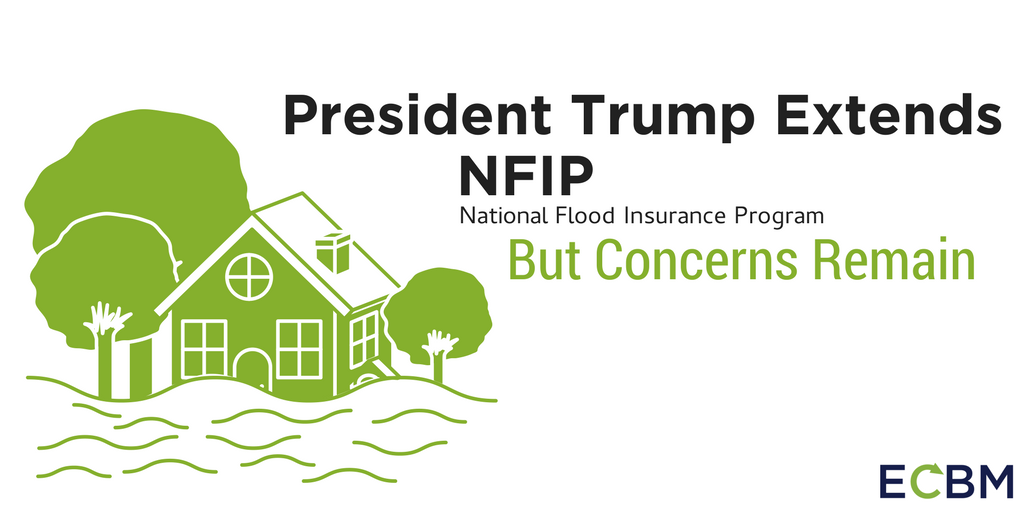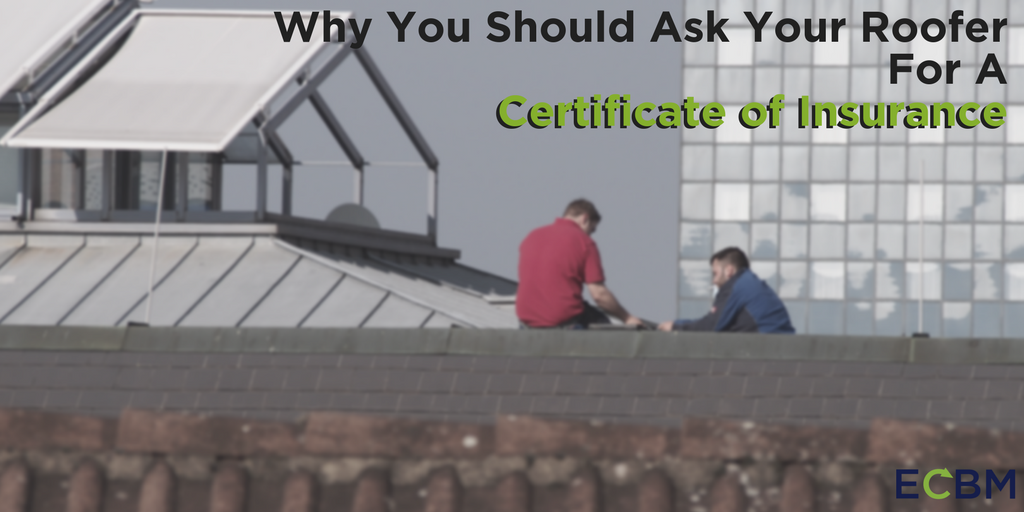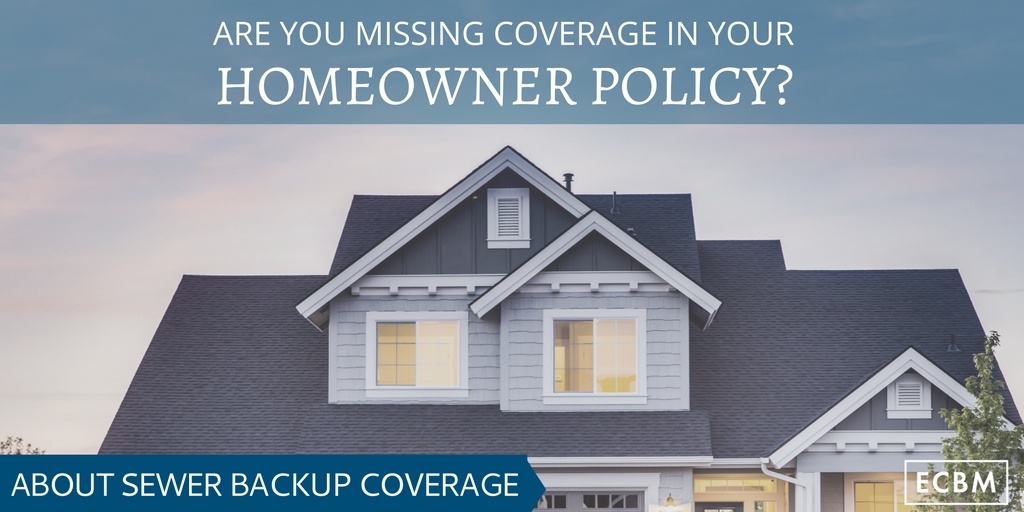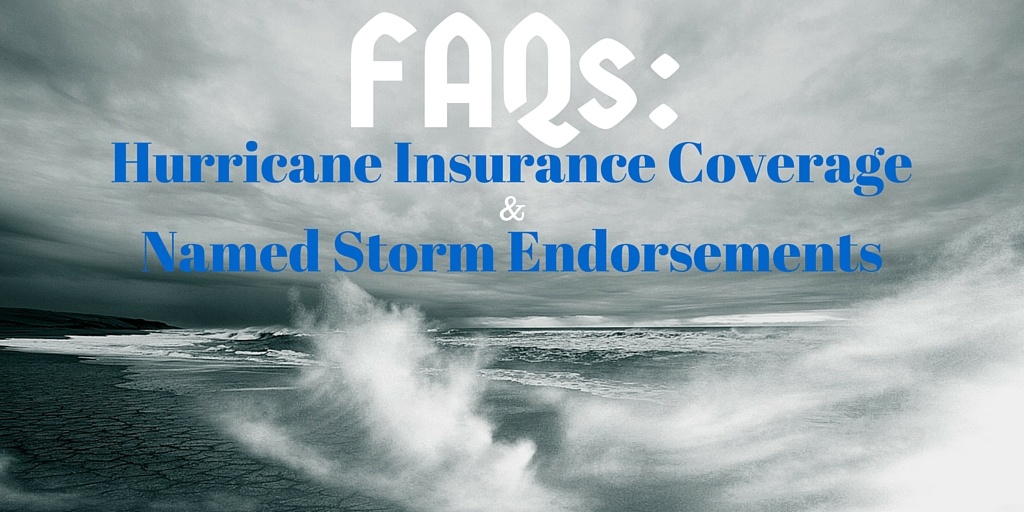2018 Hurricane Season: Are You Protected From Wind and Flood?
Hurricane Sandy is still fresh in the memory of many business owners and homeowners in the Eastern part of the United States. While most hurricanes are best known for their high wind ... READ MORE
Posted by Denise Russo
President Trump Extends National Flood Insurance Program
In the wake of an aggressive hurricane season doing extensive damage to the southeast part of the United States, many homeowners are realizing that their basic homeowner’s policy does not ... READ MORE
Posted by ecbmadmin
The Importance of Roofer Certificate of Insurance
When you are planning to hire a roofer, there are a few things you need to find out about them, and their company, before forging ahead with the work you need done. Your roof is the most ... READ MORE
Posted by ecbmadmin
Why Every Motorcyclist Needs Personal Insurance
Whether you ride every once in a while, during a daily commute, or competitively against others; it is important to obtain motorcycle insurance to keep your bike safe on the road, in ... READ MORE
Posted by ecbmadmin
Why You Need Sewer Backup Insurance Coverage
Did you know that while this coverage is available under your homeowner insurance policy, it is not always included? This coverage, in most cases, needs to be specifically endorsed to ... READ MORE
Posted by Denise Russo
FAQ: Hurricane Insurance Coverage & Named Storm Endorsements
The Atlantic hurricane season has already been underway for a couple of months now, running officially from June 1 to November 30, 2015. The 2015 hurricane season is expected to be ... READ MORE
Posted by ecbmadmin
How Product Creators Need To Think About Protecting Themselves
You have a great idea, but not the money to get the project off the ground. Crowdfunding to the rescue! (Or is it?)
Posted by ecbmadmin
The Dangers of Radon
The Dangers of Radon Environmental changes to promote a healthier you Though you cannot see, smell or taste radon, it can still be present in your home. According to the U.S. Environmental ... READ MORE
Posted by ecbmadmin
Fall Maintenance Tips: Preparing Your Home for Cooler Days Ahead
Fall foliage is beautiful, but not when it builds up in your gutters! Some items are a no-brainer when it comes to home maintenance each autumn, but some of the suggestions from our home ... READ MORE
Posted by ecbmadmin

.png)
.png)




